The Independent's journalism is supported by our readers. When you purchase through links on our site, we may earn commission.
Spring foraging guide: What to look out for and how to cook it
Put on your waterproof jacket, don your walking boots and grab your basket: it’s time to make the most of your spring walks. Foraging is a great way to add some flavour to your home cooking. Here’s the dos and don’ts, says Adam Warrington
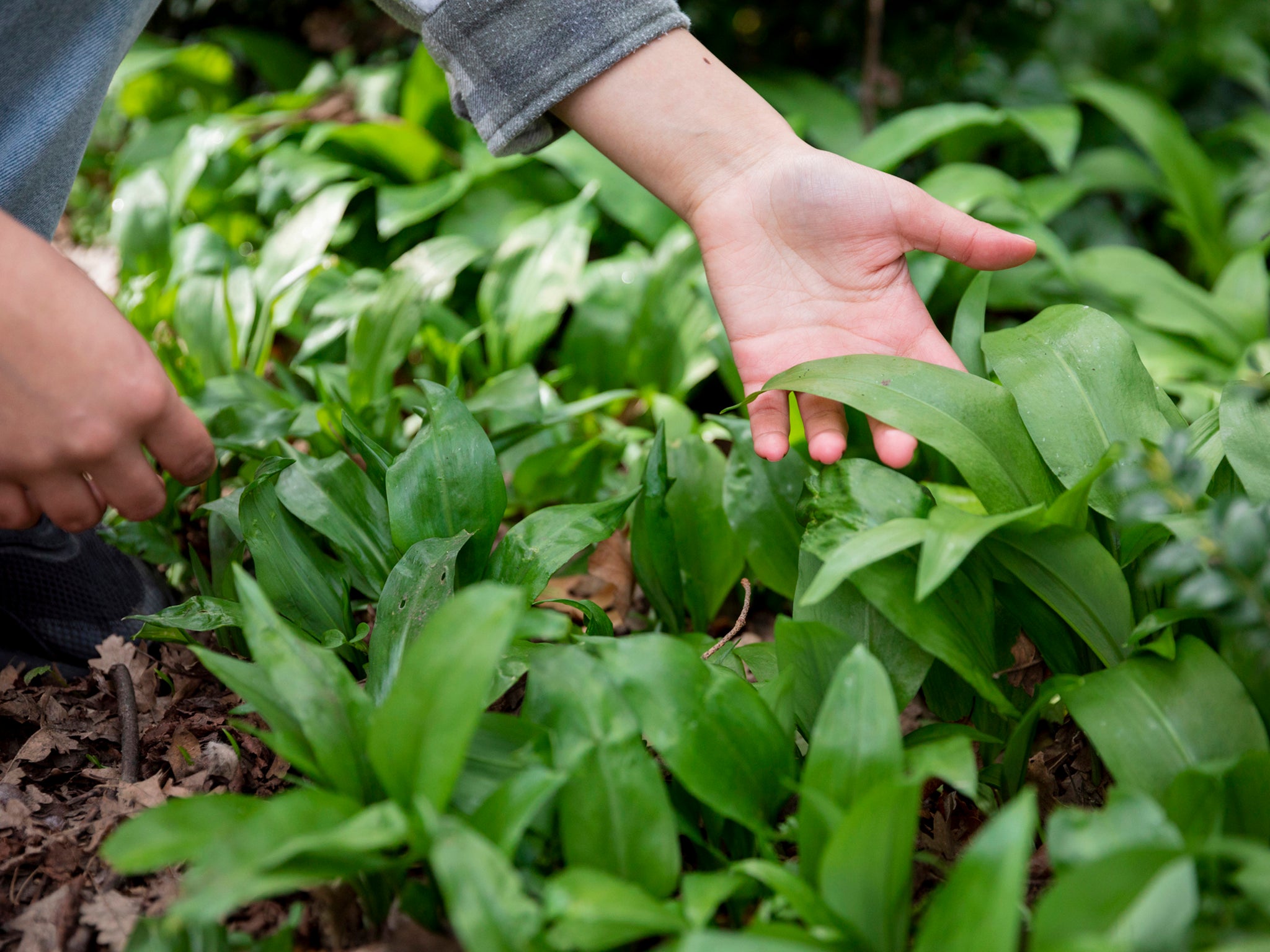
As walkers up and down the UK put on their waterproof jackets and walking boots, I’ve got some advice on making the most out of your spring walks.
Foraging for wild foods is a great way to add some flavour to your outdoor adventures. Nature has an array of ingredients that are free for UK walkers.
As long as you are in a public space or have the landowner’s permission, foraging in the UK is a great way to explore all the tastes and flavours that Mother Nature has to offer.
Rules for foraging responsibily in the UK
- Make sure you know what you are picking
- Seek permission from landowners if you are on private property
- Only pick for personal consumption
- Only collect from an abundant source
- Don’t dig up or remove plants
- Avoid roadsides and low-to-ground spaces where dogs are walked
It’s important to start simple when foraging, and only pick or eat something if you are 100 per cent certain of what it is.
Choosing to forage recognisable fruits such as brambles is a great way to start. It’s also a good idea to cross-reference multiple foraging books if you are unsure of what you are picking.
One thing to note is that the food you can forage will change throughout the year. With this in mind, we have revealed the best things to pick in the upcoming months.
The best things to forage in spring
Wild garlic
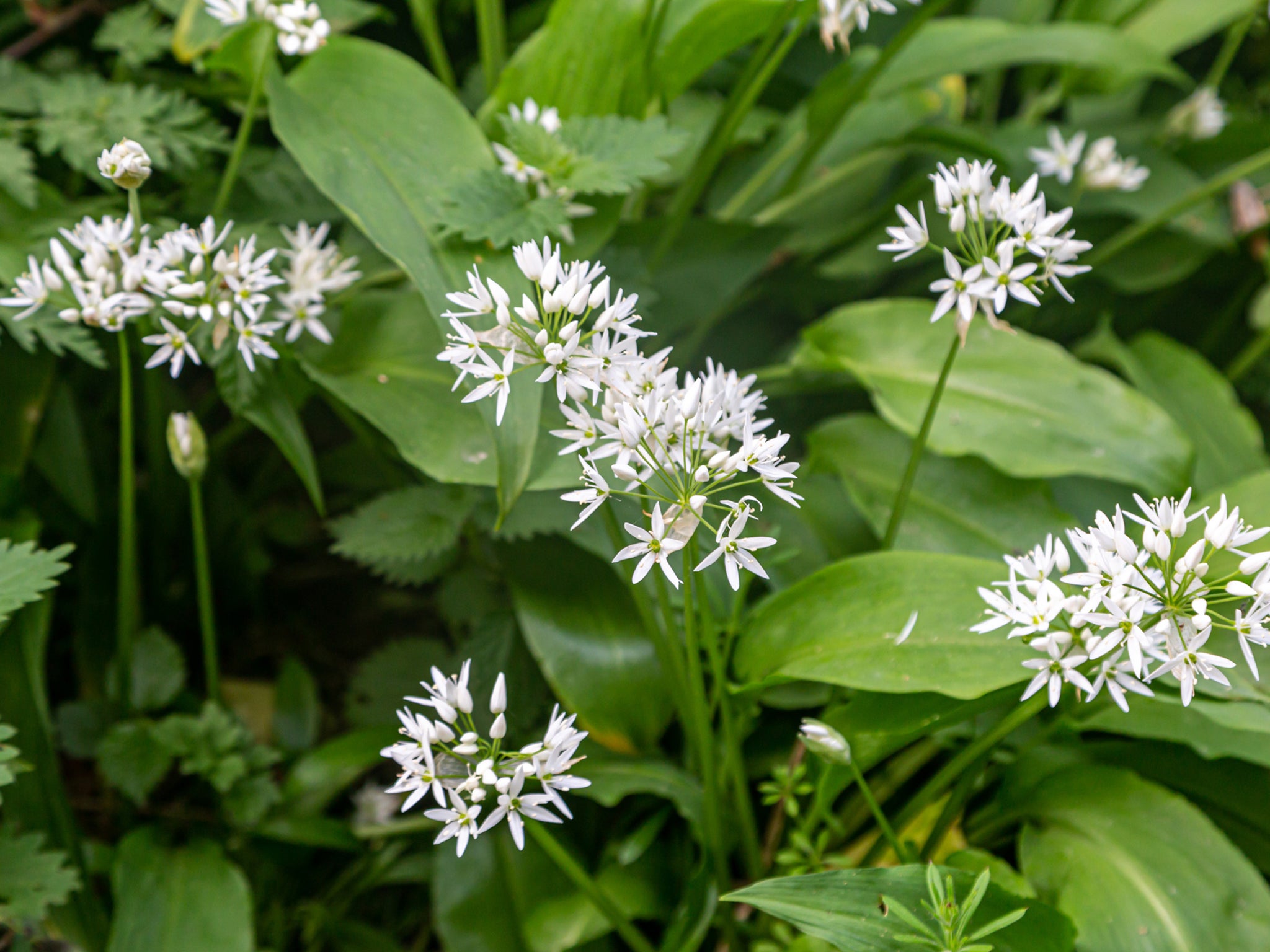
Whilst on your springtime walks, keep an eye (and a nose) out for wild garlic. The vibrant green plant, which pops up in shady and dark areas, is easy to spot with its bright white flowers and an unmistakable garlic scent.
The plant typically blooms between April and June, but leaves begin to appear around March. The plant tastes best when picked young and can be used in a whole range of recipes.
As well as its distinctive taste, wild garlic is believed to lower cholesterol and have a positive impact on blood pressure.
Wild garlic butter chicken kiev recipe
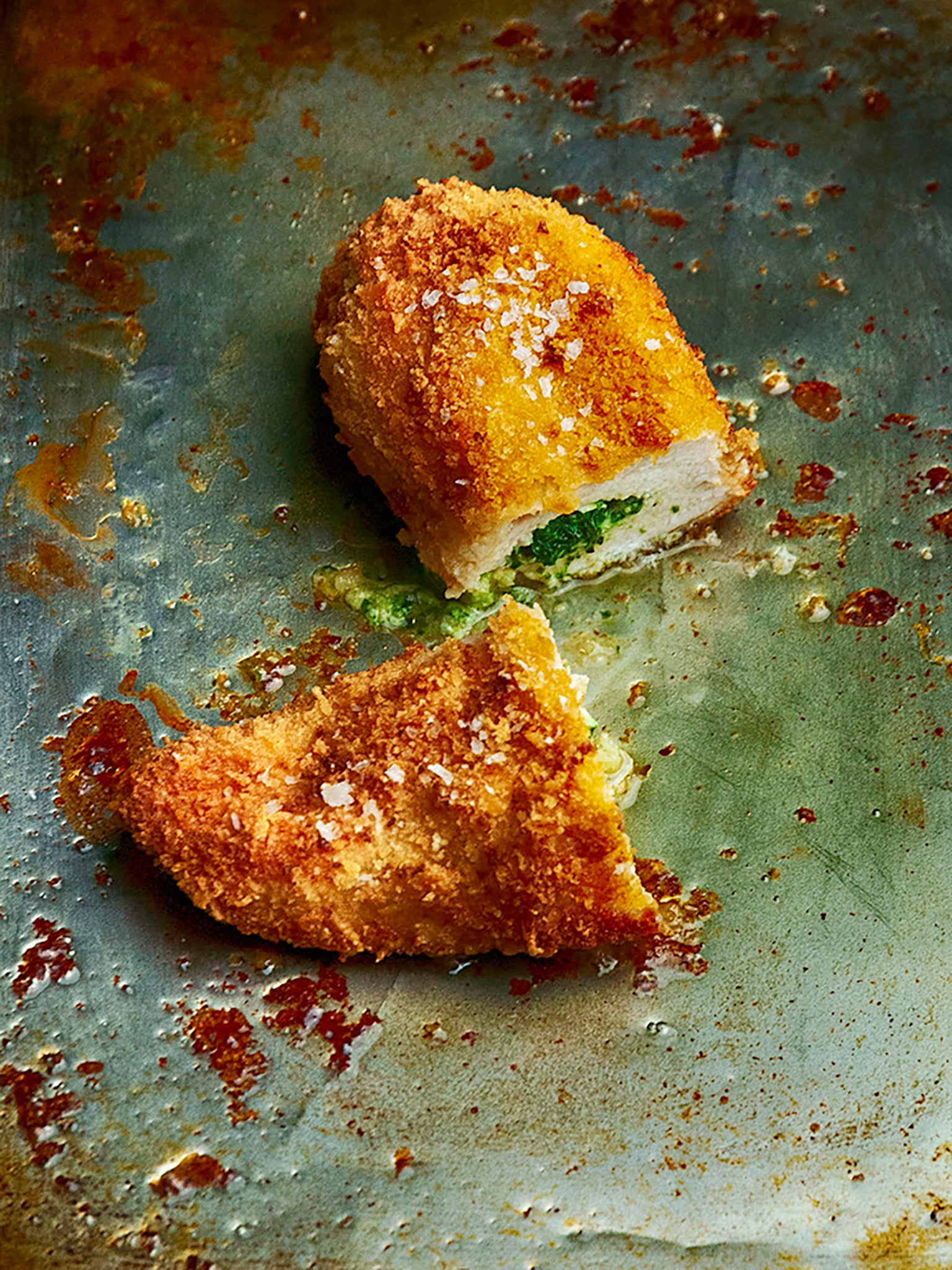
Recipe by: Paul Robinson, AKA The Yorkshire Gourmet
These chicken Kievs are so tasty. Crunchy on the outside, soft and tender chicken breast filled with a sublime wild garlic butter that melts and oozes when you slice into the kiev. They’re actually really simple to make too.
Tip: It’s important to chill the kievs in the fridge so that the breadcrumbs stick to the crust when you come to cook them.
Serves: 4
Ingredients:
4 free-range or organic skinless chicken breasts
150g fine panko breadcrumbs
70g plain flour
2 eggs, whisked
2 tsp smoked paprika
Fine sea salt
Ground white pepper
Sunflower oil, for frying
For the wild garlic butter:
125g unsalted butter
Large handful of wild garlic leaves, finely chopped
2 tbsp flat leaf parsley, finely chopped
2 tbsp thyme leaves, finely chopped
Pinch of sea salt
Method:
1. To make the wild garlic butter: put the butter in a bowl and soften at room temperature. When the butter is soft enough, add the rest of the ingredients and mix until well combined.
2. To prepare the chicken: cut away the inner breast fillet and set aside. Using a filleting knife, cut a slit through the middle of the breast starting at the thickest end. Be careful not to cut through the chicken all the way through otherwise the butter will leak during cooking.
3. Push as much butter as you can inside the middle of the chicken breast being careful not to overfill otherwise this may cause the meat to split.
4. Cut away a section of the inner fillet and use this to plug the hole in the chicken in the breast, this will prevent the butter from leaking.
5. Place the flour on a large plate and mix with a pinch of ground white pepper, sea salt and the smoked paprika.
6. Place the panko breadcrumbs on a separate plate and the whisked eggs on another.
7. Evenly coat each chicken breast with flour then egg then breadcrumbs.
8. Place the kievs in the fridge for at least 20 minutes or until ready to use.
9. When you’re ready to cook, remove the kievs from the fridge and pre-heat the oven to 180C/350F/gas mark 4.
10. Warm a layer of sunflower oil in a large non-stick frying pan over a moderate heat.
11. Place the kievs in the pan and gently cook for about 3-4 minutes on either side until the breadcrumbs are golden. If you do this in batches, you may need to replace the oil as some of the breadcrumbs will burn and blacken in the oil.
12. Put the kievs on a baking tray and bake in the preheated oven for 15-20 minutes until cooked through.
Dandelion
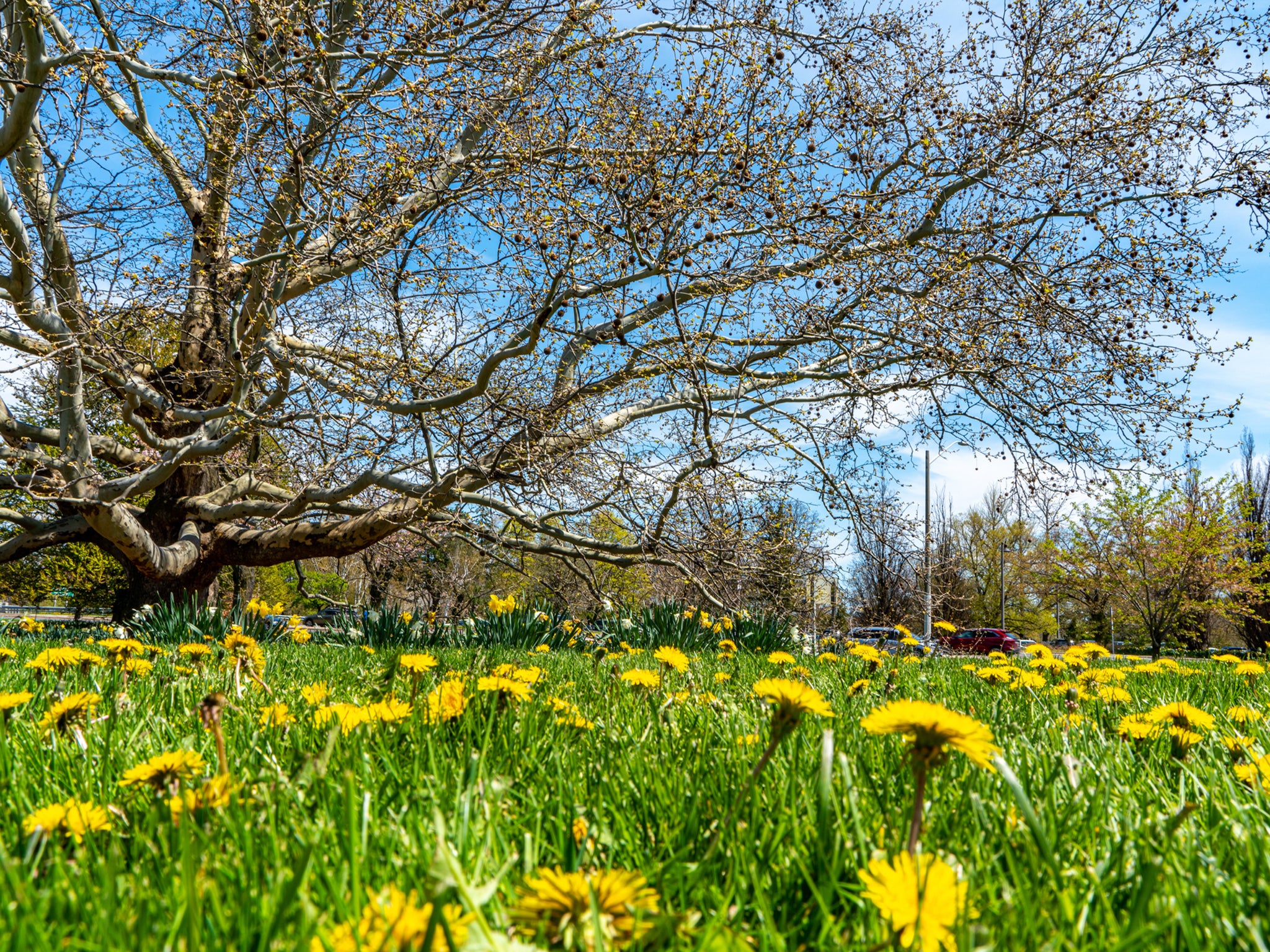
One of the best sights of late spring is the “carpet” that floods parks and fields when dandelions bloom. Not only are these plants a notable sign of spring, they are also edible. The green leaves can be used in many pasta, salad and risotto dishes.
One of the most common uses for dandelions is the northern loved recipe of dandelion and burdock cordial.
Dandelions are full of potassium, which contributes to good kidney function and works to reduce water retention in the body.
Dandelion and burdock cordial recipe
Recipe by: Liz Earle Wellbeing
Is there a more nostalgic pairing than dandelion and burdock? Dandelion and burdock cordial is the perfect addition to a summer spritzer or wellbeing cocktail. Serve with a fizzy water or tonic for a refreshing pop.
Tip: You can either forage your own dandelion and burdock roots, or simply buy them from your local health food shop or online.
Makes: approx 700ml
Ingredients:
3 tbsp dandelion root (fresh or dry)
3 tbsp burdock root (fresh or dry)
6cm fresh ginger root, roughly chopped
3 star anise, crushed
800ml water
250ml honey, or 300g dark brown sugar
Method:
1. Add the roots, ginger and star anise to a large pan with the water and bring it up to the boil. Simmer over a medium-low heat for around 20 minutes until the roots have infused and the water is coloured.
2. Strain the liquid through a cloth or very fine sieve. Add the liquid back into the pan and add the honey or sugar, upping the quantity depending on how sweet you want it (remember, it will be diluted). Continue heating until the honey or sugar has dissolved and the liquid is thickening into a syrupy cordial.
3. Pour into a clean jar or two and keep in the fridge (the more sugar you’ve added, the longer it will last). Serve with fizzy water or tonic, or use as an interesting flavour for cocktails.
Chickweed
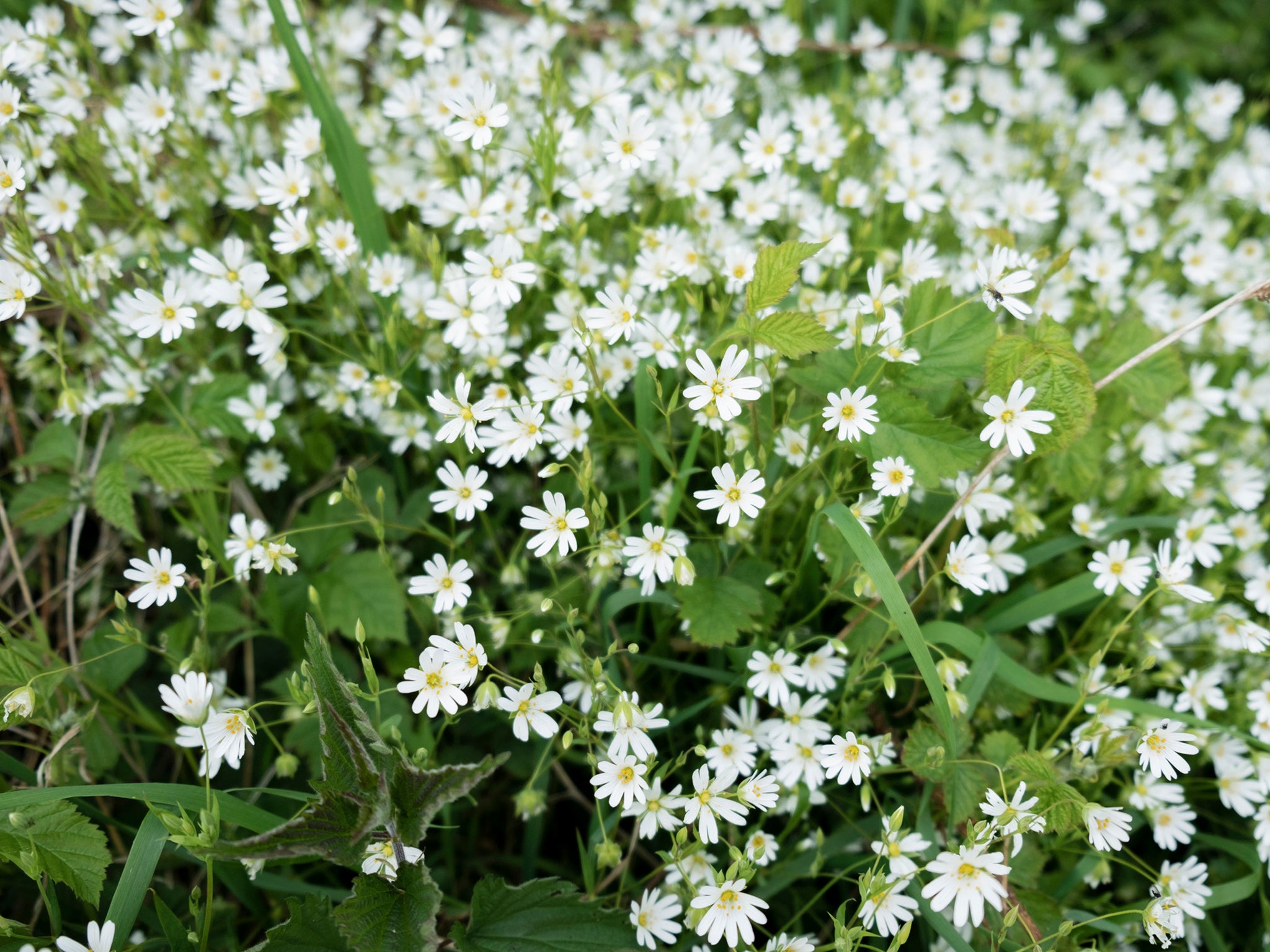
Chickweed is a wildflower that can be seen all year round but is most prominent in spring. It can be found anywhere from coastal paths and cliffs to fields, farmyards and gardens. Originally used as chicken feed, it is now more common to see the star-shaped plant in salads and stir-fries.
Chickweed has been used as a herbal remedy. It is claimed that the plant helps to reduce inflammation and boost immunity by fighting off germs. It has a spicy, herby taste that can work perfectly as an accompaniment to meat and can also add a kick to roasted cauliflower or potatoes.
Chickichurri recipe
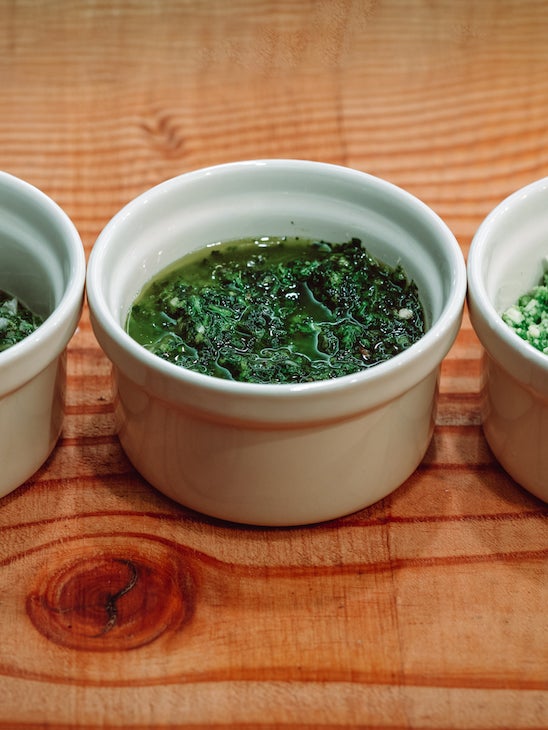
Recipe by: Tiffany Bader
Give your steaks and grilled fish a bold punch of flavour with this chickweed chimichurri recipe. It has a spicy, herby taste that works perfectly as an accompaniment to meat.
Tip: For a meat-free alternative, the sauce also adds a kick to roasted cauliflower or potatoes.
Ingredients:
½ cup finely chopped chickweed (you can substitute this for other herbs or foraged greens like sheep’s or wood sorrel, plantain, bittercress, dandelion greens, blanched stinging nettles, lambs lettuce, ramps, etc)
½ tbsp chopped fresh oregano
2 tbsp red wine vinegar
3 cloves of garlic finely minced
1 small jalapeño or serrano chili – depending on your appetite for spice, you can add more or remove the seeds from the centre of the chilli to make it less spicy
1 tbsp sea salt
½ tbsp freshly ground black pepper
½ cup olive oil
½ large shallot finely chopped, if the shallot is very small, use a whole one
Method:
1. Chop up the herbs by hand – don’t use your blender as you want the sauce to be chunky and not a smooth paste.
2. Mix all ingredients and benefits by allowing the sauce to sit for 10 minutes before eating.
For more information about foraging in the UK, as well as recipe inspiration, visit the Blacks website: www.blacks.co.uk/blog/seasonal-foraging-guide-uk
Join our commenting forum
Join thought-provoking conversations, follow other Independent readers and see their replies
Comments
Bookmark popover
Removed from bookmarks